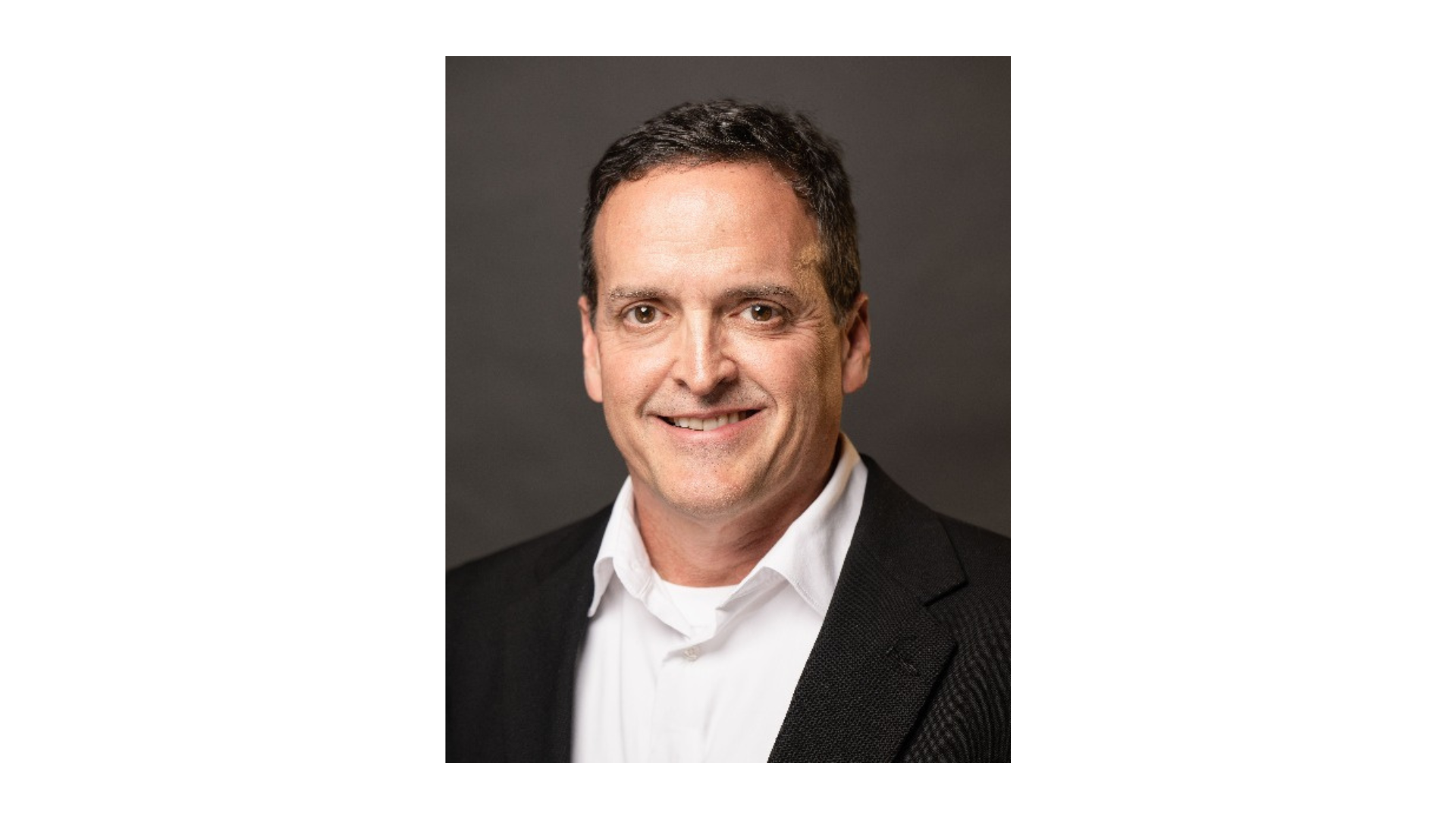Q&A: Avoidable or Unavoidable Pressure Injury?
December 13, 2022
Editor’s note: The following is a series of answers to questions asked at the webinar Avoidable or Unavoidable Pressure Injury: Why is it So Hard to Do the Right Thing? Sponsored by Smith+Nephew. Lee C. Ruotsi, MD, ABWMS, CWS-P, UHM is answering the questions found below.
Question: Moisture related skin disease is not given sufficient attention, in my opinion, particularly in the sacro-coccyx area. What are your recommendations?
Response: Moisture associated skin damage (MASD) is very common in the sacrococcygeal region due to urinary incontinence as well as perspiration. I agree that it is underdiagnosed, and I think the reason for this lack of recognition is that it is commonly mistaken for a pressure injury, especially stage 2. There is a real opportunity here for us clinicians to educate our colleagues regarding this process as well as an opportunity for discussion regarding moisture barrier products and underpads.
Question: What is the purpose of a sacral flap? Will a patient necessarily have a healed pressure injury reopen without a flap?
Response: The purpose of a flap closure is to surgically close a preexisting pressure injury. The process, basically, is to excise non-viable tissue, infected soft tissue and bone, and to close the defect with a “flap” of viable skin and soft tissue. The most common locations for flap closures are the sacrococcygeal areas and the ischial areas. Many factors need to be considered prior to undertaking a flap closure, such as nutritional status, smoking, patient mobility, and the patient’s ability to understand and cooperate with the care process. Additionally, the postoperative phase is critically important so as not to damage or destroy the newly created and fragile surgical site. This treatment is obviously not the right approach for all patients. We must recall that a full thickness pressure injury heals by remodeling (scar tissue) rather than by regeneration of normal tissue, as with partial-thickness pressure injuries. Scar tissue is less resilient and breaks down more easily than normal tissue. That said, many healed pressure injuries remain healed with proper care and pressure redistribution.
Question: Regarding physical therapy (PT) refusal: If both a nurse and provider have educated a patient on pressure injury (PI) prevention, and this communication has been well documented, is there a clear legal advantage to having a WOC nurse also provide education to patient/family? Our inpatient WOC nursing team does not have the bandwidth to accommodate consults for PT refusal/education, but this is a current "ask" in our facility. We are navigating how truly advantageous our involvement in every case may be.
Response: In my opinion, if a nurse and provider have both provided proper education on the risks of refusal and documented that communication, then those steps should be sufficient. Ideally, the nurse providing the education will be a member of the wound team, but I am not aware of that to be necessarily a standard. This issue comes down to individual facility policy and procedures, and I am not able to comment on “legal advantage.”
Question: Are unavoidable pressure injuries still reported to the state?
Response: I cannot give you a knowledgeable answer on state reporting of PI. There may be individual state as well as federal regulations. Your nursing administrative leadership should be able to clarify that for you.
Question: Do you think that a lack of staffing has impacted the increase of pressure injuries?
Response: I don’t think there is any question that staffing challenges have led to increased difficulty in providing proper care. This is a very delicate issue. The solution goes out to those who are trying to do more with less.
Question: The greatest challenge right now is the need for more staff to help with feeding, cleaning, bathing, and repositioning of patients. This challenge is aggravated by the isolation of patients with COVID-19, respiratory syncytial virus (RSV), etc. How can we do a better job?
Response: This question is similar to the previous one asked. I hesitate to get too far in the weeds in terms of nursing advice because that is not what I do. Joyce Black did address this issue to some extent in one of the NPIAP webinars.
Question: What are some comorbidities/risk factors that contribute to a wound being unavoidable versus avoidable?
Response: There are an innumerable amount risk factors that contribute to pressure injury risk. The important distinction when considering unavoidability is whether all the patient’s individual risk factors were taken into consideration and if timely interventions were put in place with those in mind. Some examples of risk factors/comorbidities that make repositioning difficult are the following:
- Unstable spinal injuries
- Hypovolemic and cardiogenic shock
- Head injuries with unstable intracranial pressure
The above is not a definitive list and should not be considered as contraindications to turning and repositioning. I would suggest you look at some work done by Kathleen Vollman, PhD, RN, on turning and repositioning of the critically ill.
Question: Do patients who lay down on an air mattress need the same frequency of repositioning as patients who do not (eg, 2 hours)?
Response: There is not a single turning frequency that is appropriate for every patient.1 An alternating pressure low air loss surface should give one a bit more latitude than a foam mattress, however, the decision of turning frequency still needs to be an individual determination for every patient based not only on bed surface, but on individual patient risk factors. The NPIAP has a clear statement on this in the 2019 Guidelines, in the section on PI prevention.1
Question: You mentioned with case 1 that the patient had been in the ED on a hard ED bed for 12 hours. Wouldn't prophylactic dressings have assisted in reducing the risk of the PIs, making these injuries avoidable?
Response: No question that a prophylactic foam could have provided some benefit and protection in that case. I don’t believe that prophylactic foams have yet achieved “standard of care” status, but rather are a recommendation.
Author Disclaimer: The clinician testimonial(s) depicted in this presentation represent the individual clinician’s own opinions, findings, beliefs, and/or experiences. The clinician(s) featured in this presentation were compensated by Smith+Nephew for their time.
Reference
- Haesler E. Prevention and Treatment of Pressure Ulcers/Injuries: Clinical Practice Guideline. The International Guideline. European Pressure Ulcer Advisory Panel, National Pressure Injury Advisory Panel, and Pan Pacific Pressure Injury Alliance; 2019.
The views and opinions expressed in this content are solely those of the contributor, and do not represent the views of WoundSource, HMP Global, its affiliates, or subsidiary companies.











